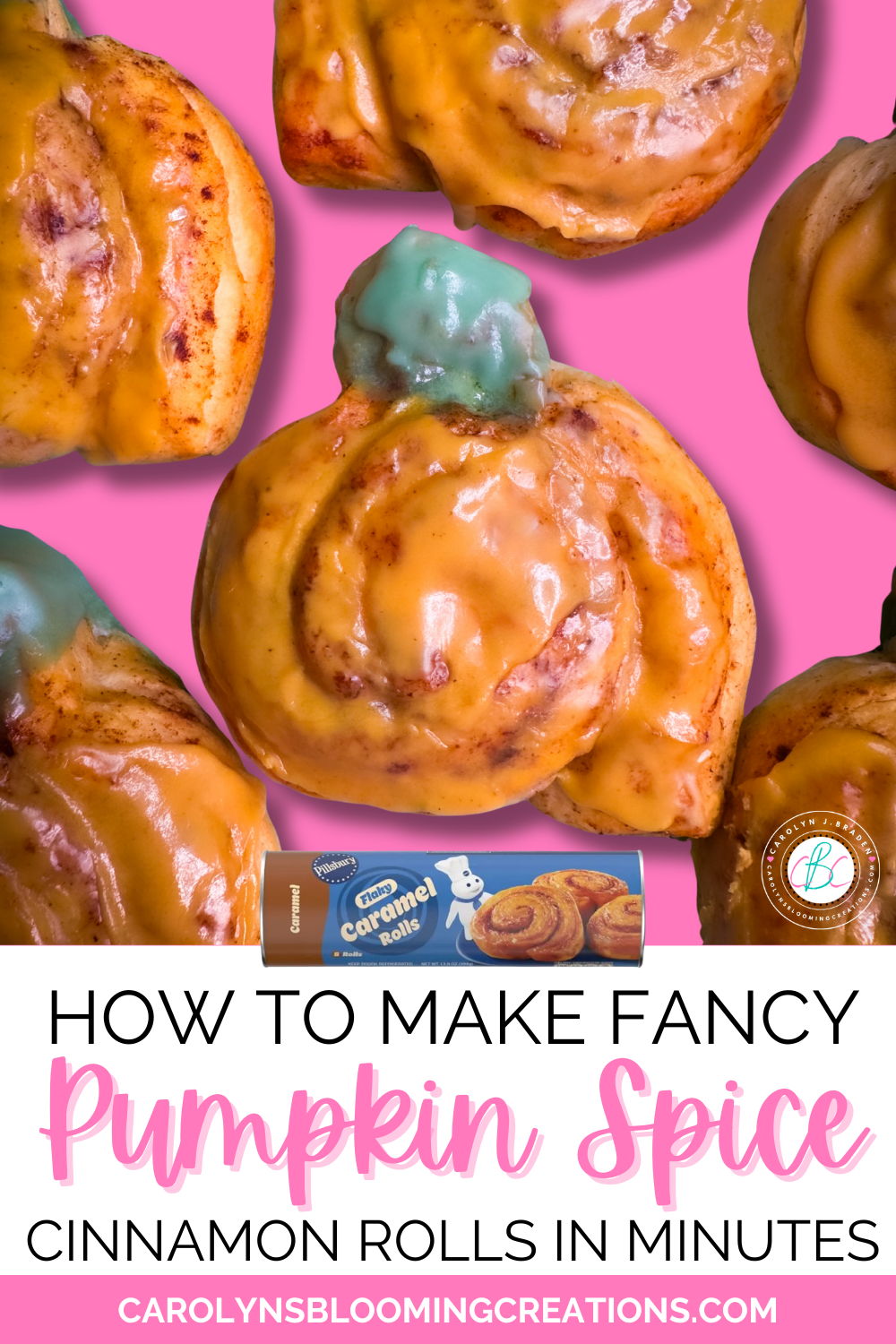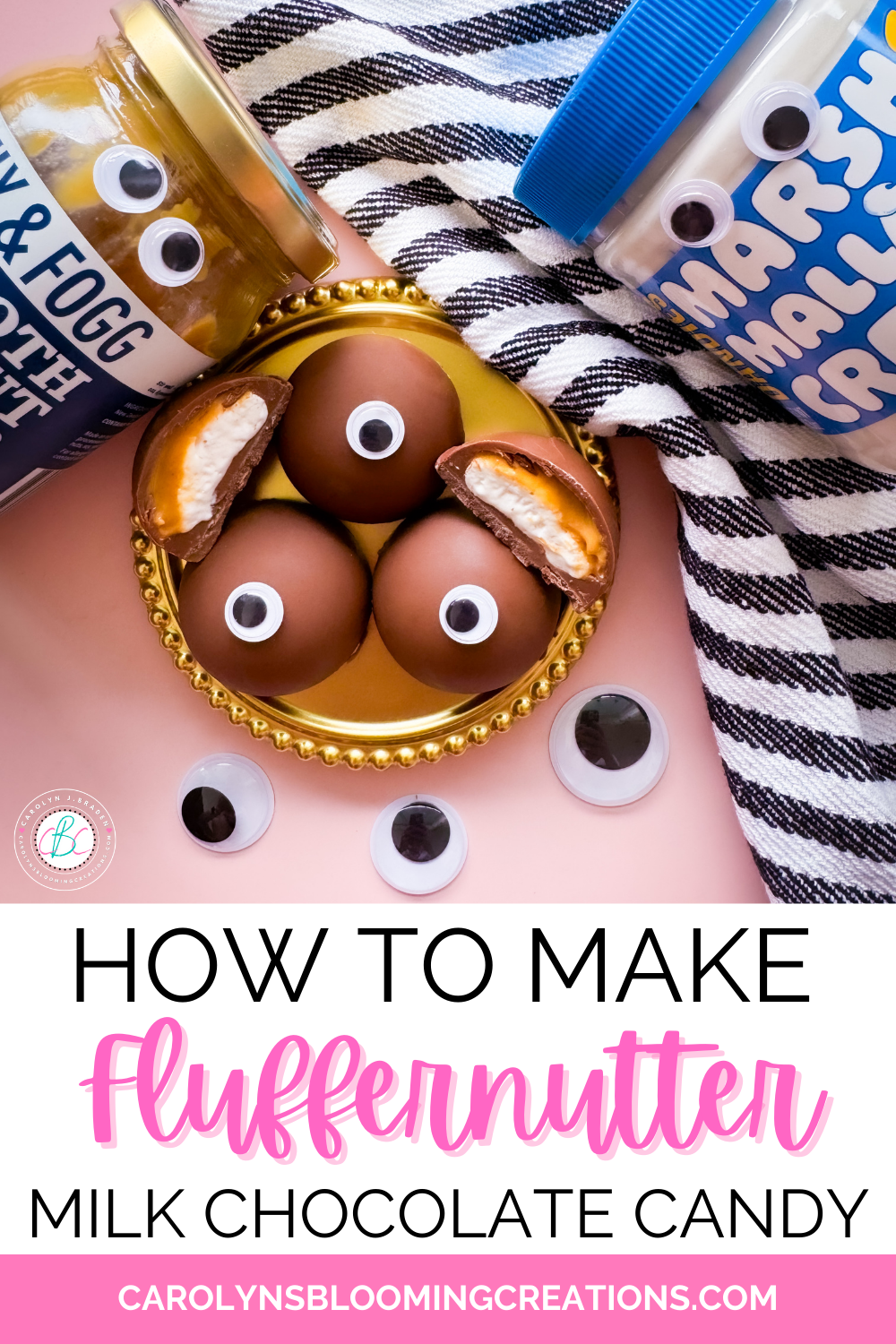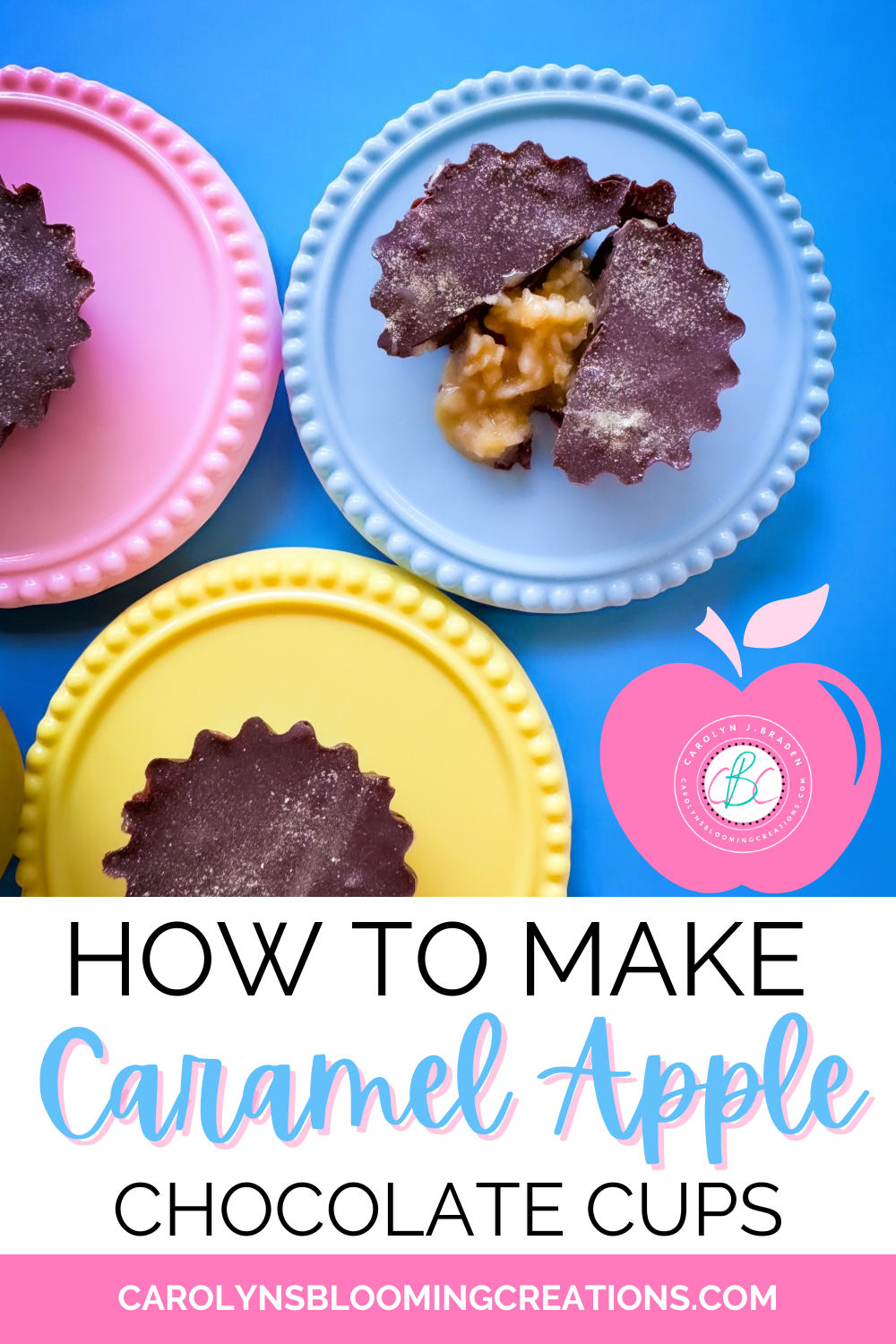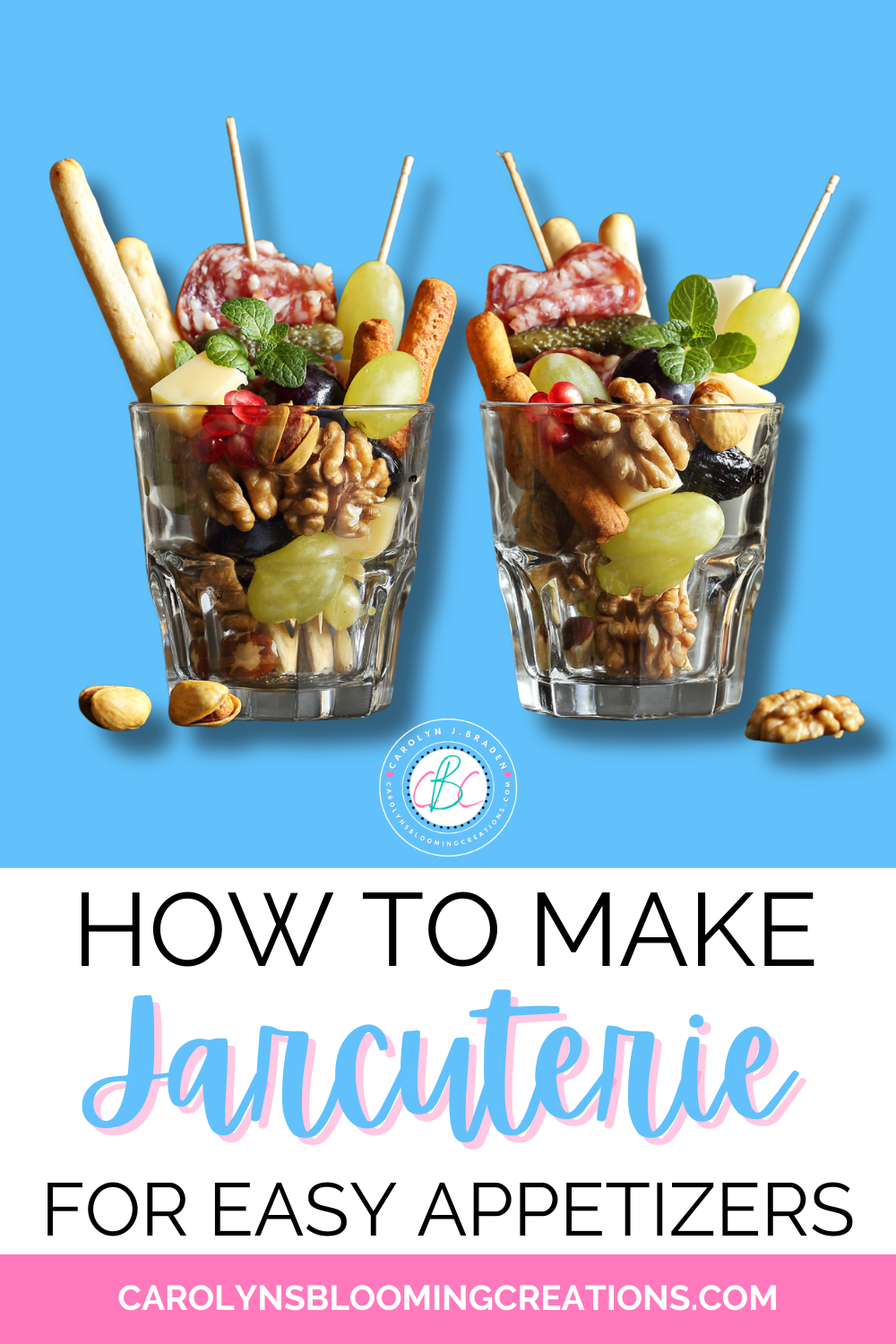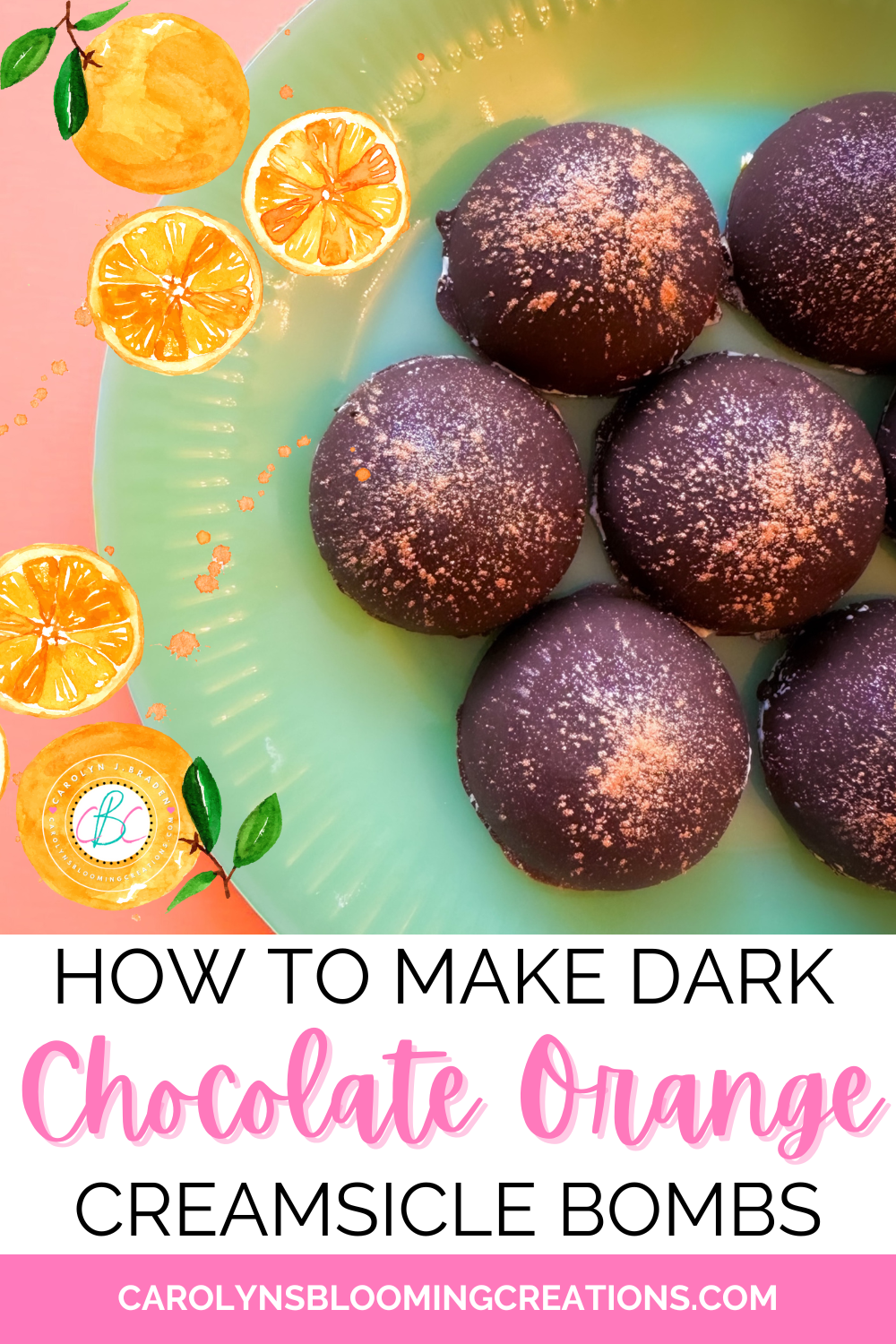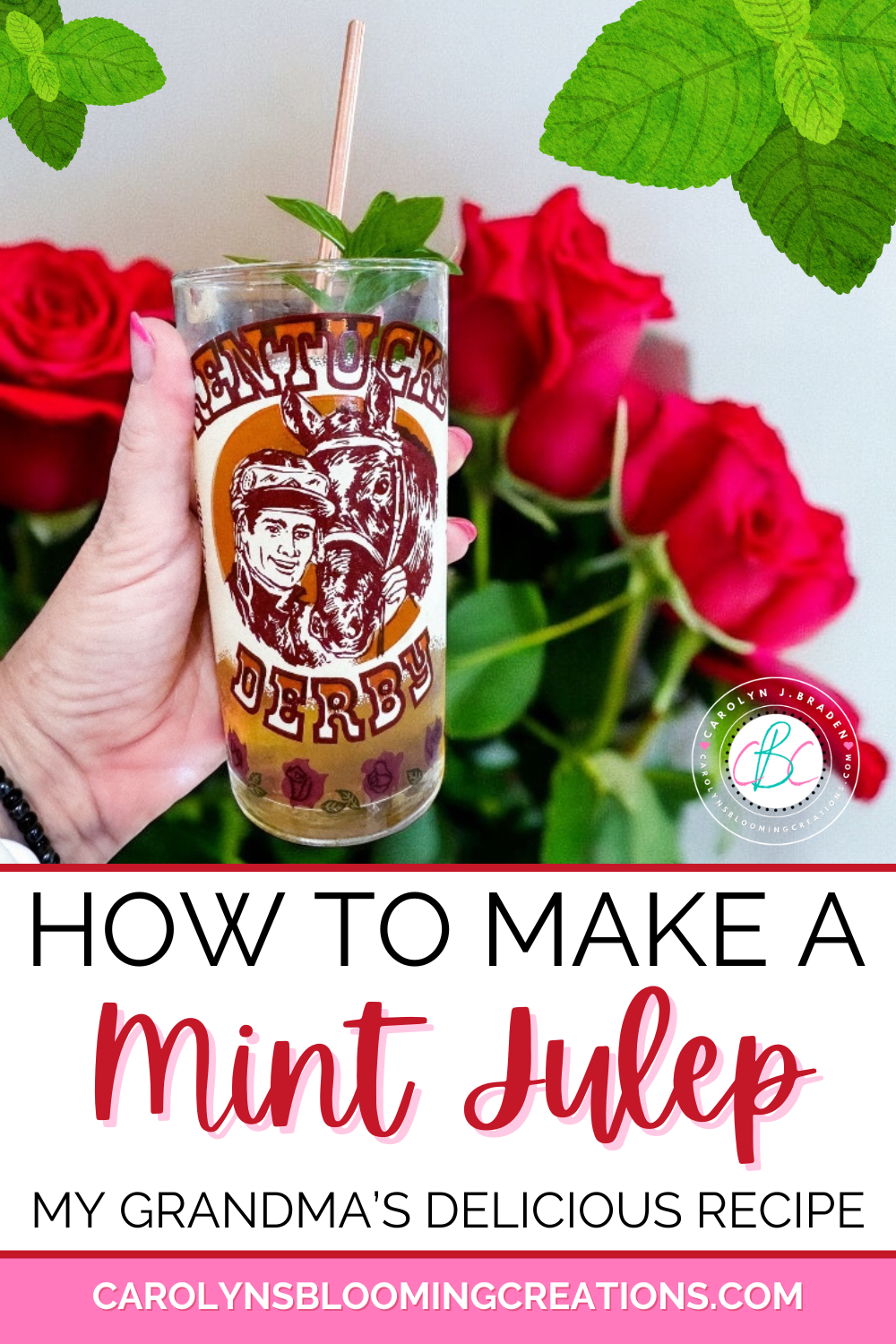C.J. Braden • 5 Minute Read
How To Get Your Kids To Eat More Veggies
Some kids eat their vegetables quite happily. Many kids, however, are picky about what vegetables they will eat. A few will avoid them completely if given the chance.
I never had any issues with eating vegetables as a child, but my sister, on the other hand, despised them. It was always a struggle to get her to eat many vegetables, including green beans. My parents, unfortunately, didn’t try any cool tricks like the ones presented in this article. I think if they had, she would have eaten her veggies much more easily.
Getting your kids to eat their vegetables is vital for their health both in the present and in the future. With that in mind, here are some tips on how to get your kids to eat more veggies.
Kids may have allergies to certain foods
Dive into the details
Instead of just figuring out what vegetables your kid likes and dislikes, try to find out what, exactly, it is that they like or dislike about them. Then you can take steps to address it. For example, if the problem is the taste, then a dressing may fix it. If, on the other hand, the problem is the texture, then you could try serving it as a dip or spread.
Try serving a dip with veggies
Stay alert to the possibility that your kid may actually dislike certain vegetables because they have an unpleasant reaction to them. That doesn’t necessarily mean an allergy or intolerance (although it can be worth checking for this). It can just mean that your kid’s digestive system isn’t quite up to handling the vegetable yet.
Colorful Veggie Platter
Work on your presentation
Always remember that children love colors and patterns, especially bold patterns. If you can get a plate to appeal to them visually, you’ve already taken a major step towards getting them to eat the food on it. The key point to remember, here, is that you need to hit the right balance between effort and reward.
For example, if you know that your kid likes a certain vegetable but isn’t keen on another, make sure you offer them a large portion of what they like and a small portion of what they don’t. Kids may be too young to understand the math of ratios but they will instinctively grasp the difference between the sizes.
Veggie Chips
Then make sure that the whole plateful looks really appealing. Often the best way to do this is to keep the veggies together rather than trying to spread them out through the dish. That way all the natural color shines through in one place.
Sweet Potato Muffin
Hide them in other foods
The obvious choices here are soups, stews, and juices. Baked goods, however, can be a triple win. Firstly, you can slip vegetables into all kinds of baked goods. For example, try this gluten free sweet potato muffins recipe. Secondly, you can do the baking with your kids so that they learn (and have fun) at the same time.
Thirdly, and possibly most importantly, kids generally love baking. This can encourage them to link vegetables with something they enjoy. Also, if they’re proud of their achievement, they’re more likely to want to eat it themselves (and to share it with others).
Kids can grow their own vegetables
Try getting kids to grow their own
Similar logic applies to getting kids to grow their own food. If you can’t get them into a proper garden, then see what you can do with containers. Even something as simple as growing sprouts on a window ledge can help to make kids feel more positive about vegetables.
Kids can learn to love vegetables
C.J. Braden is a regular contributor for Carolyn’s Blooming Creations. She has been featured in numerous media publications such as InStyle Magazine, on HGTV, on Bustle.com, and more. She is the author of the books Georgia McMasters in Amethyst Lake Cemetery, How To Be Yourself: 3 Little Ways to Get Back To You Being You, and the illustrator for the children’s book Bridging Connections. She is a former classroom teacher that now dedicates her life to educating others on how to live their most healthy, creative and happy life. Learn more about her visiting our About Us page.
This is a sponsored article. All opinions and ideas expressed in this post, however, are based on my personal point of view.













